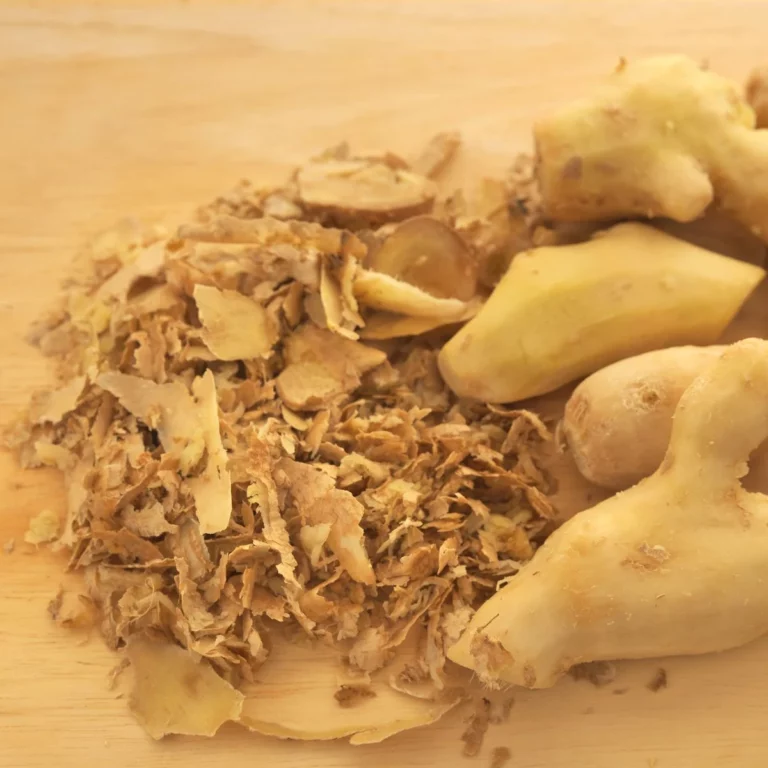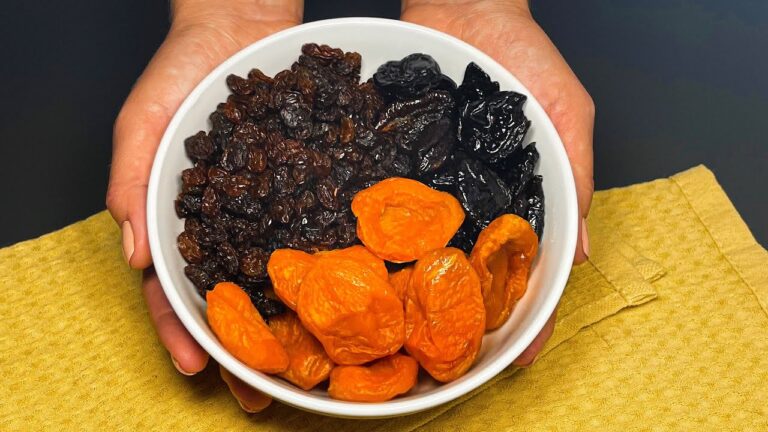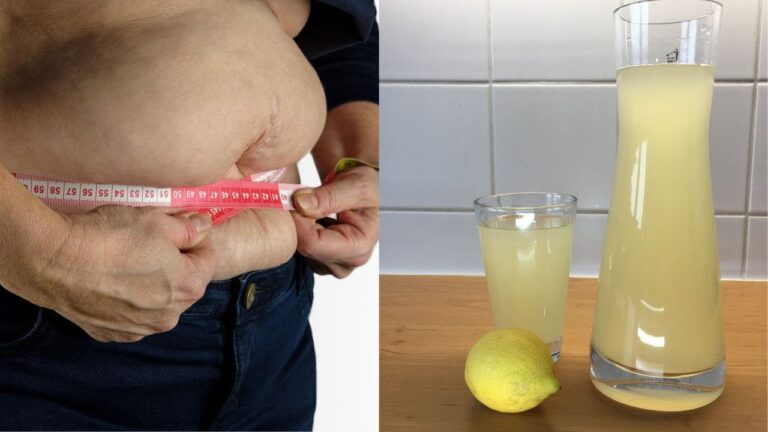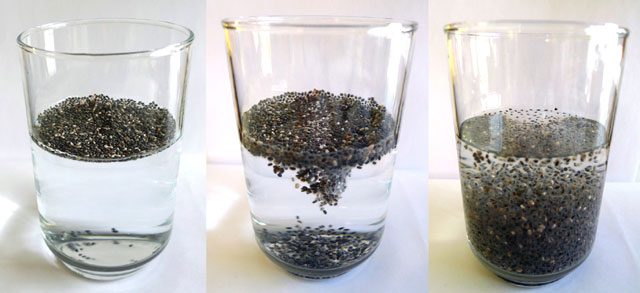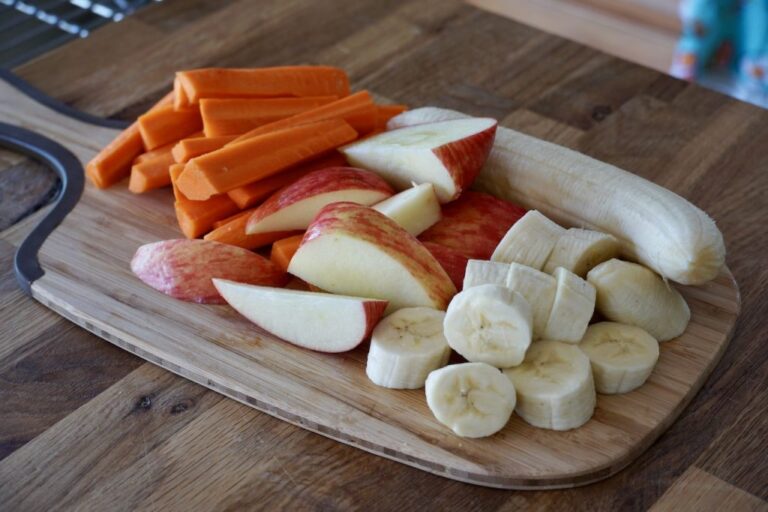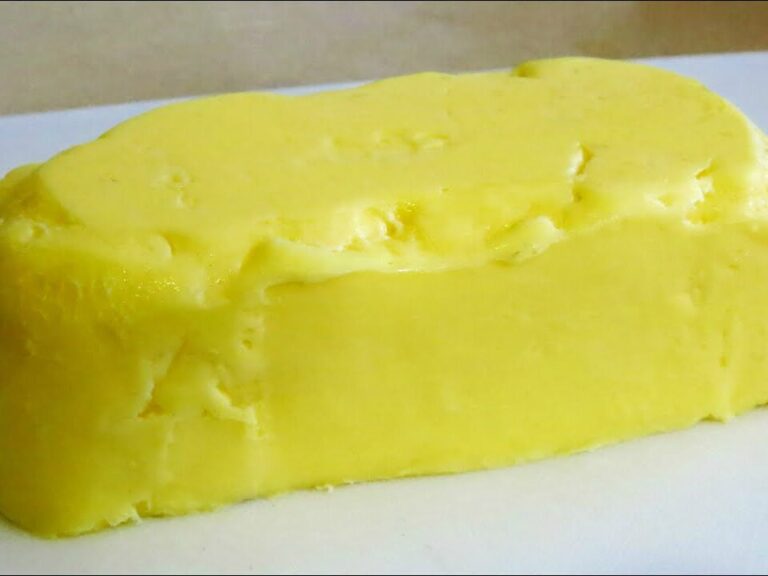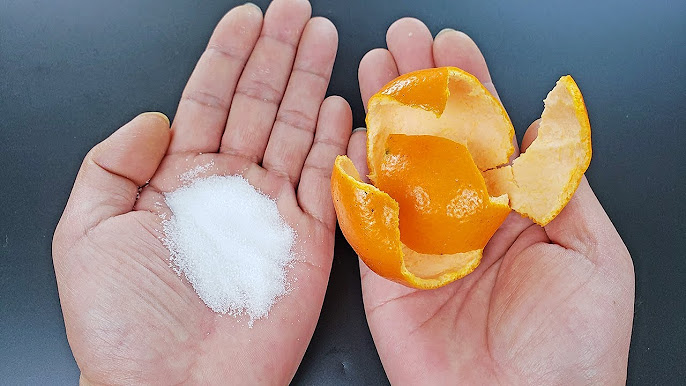Ginger, well-known for its robust flavor and health benefits, is commonly used in cooking and traditional medicine. What’s often overlooked, however, is the ginger peel, which also packs a nutritious punch. Incorporating ginger peel into your diet could help you boost your metabolism and assist in weight loss. Here’s how just one tablespoon of ginger peel can make a significant difference in your health and fitness journey.
Why Ginger Peel?
The skin of ginger is rich in antioxidants and nutrients that are often discarded. These include compounds that can help improve digestion and metabolism, essential factors in weight management. The peel contains gingerol, the same active ingredient found in the flesh of ginger, which has potent anti-inflammatory and antioxidant effects.
How to Use Ginger Peel for Weight Loss
1. Ginger Peel Tea
- Ingredients: Fresh ginger peel, water, lemon, and honey (optional).
- Instructions:
- Thoroughly wash your ginger root to clean any dirt and residues.
- Peel the ginger. Save the flesh for other uses and collect the peel.
- Boil the ginger peels in water for about 10-15 minutes.
- Strain the tea and add a squeeze of lemon for taste and additional vitamin C.
- If desired, stir in a teaspoon of honey to sweeten.
- Drink a cup of this tea in the morning to kick-start your metabolism.
2. Ginger Peel Powder
- Instructions:
- Dry the ginger peels in a low oven or air-dry until completely moisture-free.
- Grind the dried peels into a fine powder using a spice grinder.
- Use this powder as a seasoning in your meals, sprinkle over salads, or add to smoothies.
3. Ginger Peel Infused Water
- Instructions:
- Add fresh ginger peels to a pitcher of water.
- Infuse overnight in the refrigerator.
- Drink throughout the next day to benefit from its detoxifying properties.
Benefits of Ginger Peel
- Enhances Digestive Health: Ginger is known to soothe the digestive system and reduce inflammation, which can help with bloating and support weight loss.
- Boosts Metabolism: The active compounds in ginger can increase the rate at which your body burns calories.
- Natural Detox: Ginger promotes sweating and detoxification, helping to purge unwanted toxins from your body.
Additional Tips
- Consistency is Key: Regular consumption is necessary to see significant results. Incorporate ginger peel into your daily routine for the best outcomes.
- Exercise: For optimum health and quicker weight loss results, combine the intake of ginger peel with regular physical activity.
- Hydration: Keep hydrated, especially when increasing your intake of ginger, as it can help manage and flush out toxins more effectively.
Conclusion
Ginger peel, often discarded as waste, is a valuable resource for aiding weight loss and improving overall health. By using ginger peel in teas, powders, or infused waters, you can take advantage of its health-promoting properties. Remember, while ginger can aid weight loss, it should be used in conjunction with a balanced diet and regular exercise for best results.
